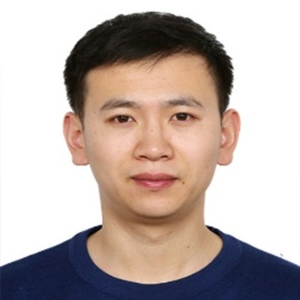Doctoral Candidate: Kaifa Xin

Host institution: Max Planck Institute (MPG)
Project: Lasers, microscopy imaging and probing using HOM fibres
About
Kaifa Xin received his BSc in Electrical Engineering and Automation (Automation Department) from Nanjing University of Aeronautics and Astronautics (NUAA) in 2017 and his MS in Control Engineering (Automation Department) from Tsinghua University in 2021.
His area of interest includes super-resolution microscopy, exploring the relationship between local environment and molecule properties, as well as combining super-resolution microscopy techniques for molecule dipole detection beyond diffraction limit.
Project Objectives:
- Investigate mode profiles, stability and focusing properties of beams generated/propagated with different HOM fibres through a combination of modelling efforts and experimental efforts using Richard-Wolf theory. The considered fibres will be used in existing are home-built microscopy setups;
- Characterize and reconstruct arbitrary beam profiles (mode, polarization and phase information) generated/propagated with HOM fibre through the systematic analysis of focusing properties (intensity, polarization) together with former developed transformation relation analysis;
- Choose suitable HOM fibre technique to generate desired beam with high mode purity and stability which are crucial for the microscopy applications; Integrate such HOM fibre into the home-built microscopy setups;
- Our collaborators of microscopy end-users will provide needed material and bio-imaging samples. Based on those samples, construct imaging and probing experiments and have proper data analysis to solve specific bio- and single molecules related questions.
Expected Results: 1. Develop analysis tools for investigating the focusing properties HOMs; 2. Establish a method for characterization of modes and superposition of modes generated by HOM fibres; 3. Design microscope where structured light is provided from a HOM fibre; Realize fast mode tuning (optional); 4. Solve specific bio- and single molecules questions: e.g. a) Investigate polarization states and size properties of nanostructures inside cell nucleus; b) probe dipole directions of single and aggregated nanomaterials.
